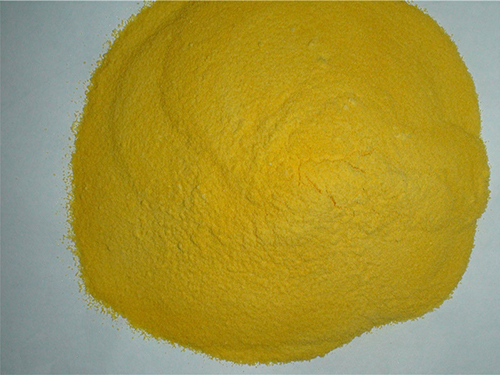Applications and Benefits of Diethylene Triamine Penta for Industrial Use and Research
Diethylenetriaminepentaacetic Acid A Versatile Chelating Agent
Diethylenetriaminepentaacetic acid (DTPA) is a polyamino carboxylic acid that has attracted significant attention in various fields, including environmental science, medicine, and agriculture. Its unique chemical properties make it an effective chelating agent, capable of forming stable complexes with metal ions. This article will explore the structure, applications, and environmental implications of DTPA.
Chemical Structure and Properties
DTPA is a derivative of ethylenediamine and possesses five carboxylic acid groups that facilitate the binding of metal ions. Its chemical formula is C14H23N3O10, and it is commonly represented as the pentahydrate form. The high stability of the DTPA-metal ion complex is a key feature of its functionality. As a chelating agent, DTPA can sequester metal ions such as calcium, iron, copper, and lead, effectively preventing them from participating in unwanted reactions.
The ability of DTPA to effectively bind to these ions renders it useful in various scientific applications. For instance, in analytical chemistry, DTPA is frequently employed in methods to determine the concentration of metal ions in solutions. Its strong chelating characteristics allow for accurate quantification by isolating metal ions from other constituents present in a sample.
Applications in Medicine
DTPA has significant medical applications, particularly in the field of nuclear medicine. It is used as a radionuclide chelator and is involved in the treatment of heavy metal poisoning, including lead and plutonium. In these scenarios, DTPA works by binding to the toxic heavy metals, which facilitates their excretion from the body. The treatment helps to alleviate toxic symptoms and prevent long-term health complications.
In addition to its use in detoxification, DTPA also plays a role in imaging techniques, notably in MRI (Magnetic Resonance Imaging). DTPA-based contrast agents enhance the imaging of organs and tissues, enabling better diagnosis of various medical conditions. The safety profile of DTPA, combined with its high efficacy, makes it a preferred choice in clinical applications.
diethylene triamine penta

Agricultural Use
DTPA's ability to chelate metal ions has made it an essential component in agriculture, particularly in the formulation of micronutrient fertilizers. Soil often lacks essential trace elements such as zinc, iron, and manganese due to various factors, including pH imbalances and high calcium content. DTPA helps make these micronutrients more bioavailable to plants by forming stable chelates that prevent precipitation and ensure that plants can uptake the nutrients efficiently. This enhances plant growth, yield, and overall health while contributing to sustainable agricultural practices.
Environmental Implications
Despite its many benefits, the use of DTPA raises concerns regarding environmental impact. The persistence of DTPA in soils and water bodies can lead to the mobilization of heavy metals, potentially affecting aquatic ecosystems and groundwater quality. Consequently, while DTPA can mitigate some heavy metal pollution, its application must be managed carefully to avoid unintended consequences.
Ongoing research is focused on measuring the environmental fate of DTPA and its degradation products, aiming to optimize its use while minimizing potential risks. By understanding these dynamics, more effective management practices can be developed to ensure that DTPA's benefits are realized without significant environmental trade-offs.
Conclusion
Diethylenetriaminepentaacetic acid is a multifaceted chelating agent with applications spanning medicine, agriculture, and environmental science. Its ability to form stable complexes with metal ions has made it invaluable in various industries. However, as with any chemical compound, responsible use and extensive research are crucial to balancing its benefits with potential environmental impacts. The continued exploration of DTPA's properties and applications will undoubtedly lead to further innovations that can enhance its utility while safeguarding public health and the environment.
-
Water Treatment with Flocculant Water TreatmentNewsJun.12,2025
-
Polymaleic AnhydrideNewsJun.12,2025
-
Polyaspartic AcidNewsJun.12,2025
-
Enhance Industrial Processes with IsothiazolinonesNewsJun.12,2025
-
Enhance Industrial Processes with PBTCA SolutionsNewsJun.12,2025
-
Dodecyldimethylbenzylammonium Chloride SolutionsNewsJun.12,2025





